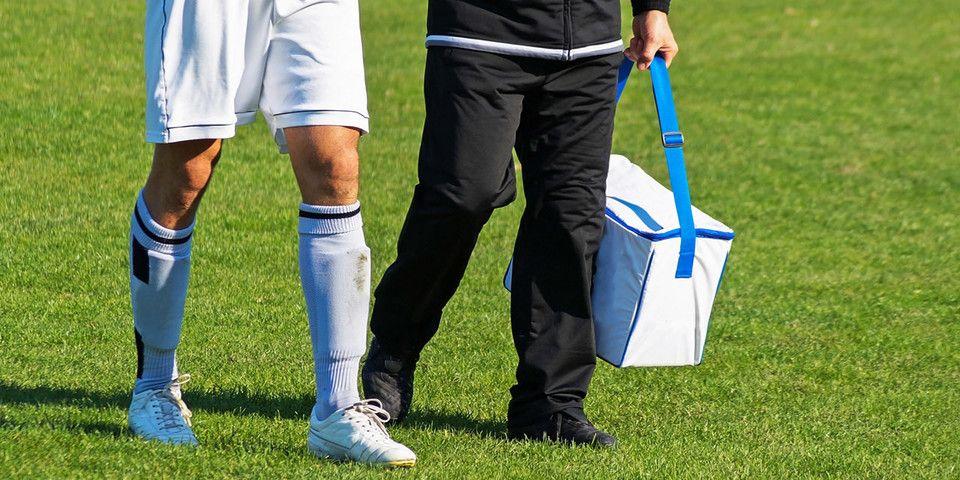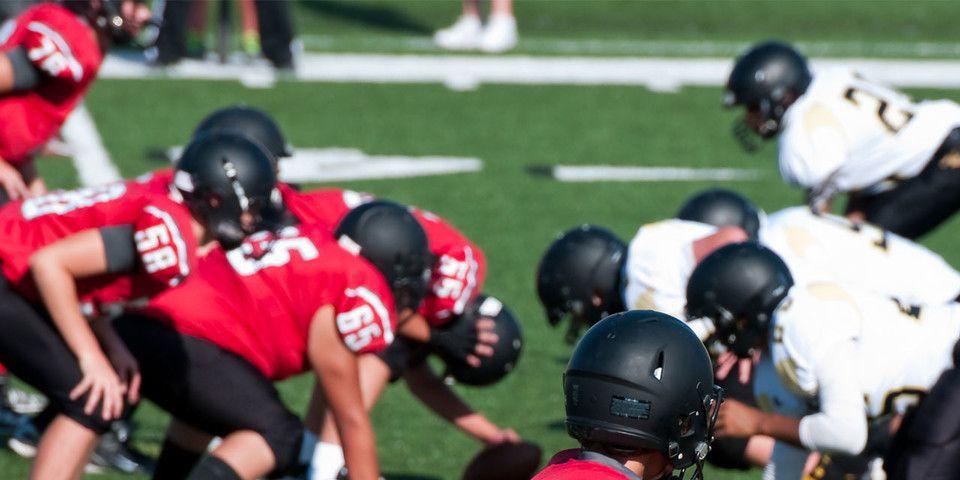Differentiating Between Fractures, Strains, and Sprains in the Winter
Find out how to prevent and treat sprains in the winter.
Winter sports, and other hazardous elements of the season, especially weather, increase our chances of sustaining an injury, and proper treatment is essential to expedite healing. When it comes to winter injuries such as sprains and fractures in particular, it can be difficult to tell the difference. To help you determine the best route of care for fractures, strains, and sprains in the winter, follow this guide from the experts at Rothman Orthopaedics.
Basic Facts
A sprain and a fracture can look and feel similar. Fractures can sometimes be mistaken for sprains, so it’s important to have any injuries evaluated by an orthopedic specialist as soon as possible. Here are some basic facts on the different musculoskeletal injuries:
-
Strains – Strains are a stretching or tearing of muscle tissue or tendons (fibrous cords of tissue that connect muscles to bones). Tendons and muscles work together to move bones and structures of the body.
-
Sprains – Sprains are a stretching and/or tearing of a ligament (tissue connecting 2 bones). Ligaments stabilize and support the body's joints.
-
Fractures – Fractures can be a crack, splinter, or complete break in bone, or cartilage. Cartilage is a firm but flexible connective tissue that works with bone to provide the body’s structural and weight-bearing capacity.
Strain Specifics
Strains may be either acute (caused by traumatic stretching or pulling of the muscle/tendon) or chronic (as the result of overuse through prolonged, repetitive movement). Typical symptoms of strain include:
-
Pain
-
Muscle spasm
-
Muscle weakness
-
Swelling/inflammation
-
Cramping
Depending on the nature of the joint and the severity of the injury, strains may be treated with rest, ice, compression, elevation, medications, and physical therapy. In the event that these measures do not relieve symptoms, your physician or specialist may recommend an operative procedure to help repair the damage.
Sprain Specifics
Sprains are the result of a fall, twist, or blow to a joint that overextends or ruptures the supporting ligaments. A mild sprain occurs when a ligament is stretched, but the joint remains stable. A moderate sprain occurs when the ligament is partially torn, causing the joint to be unstable. In a severe sprain, ligaments tear completely or separate from the bone. Although the intensity varies, all sprains commonly manifest:
-
Pain
-
Swelling/inflammation
-
Bruising
-
Limited movement
-
A "pop" sound or sensation in the joint
-
Repeated sprains can lead to arthritis, loose joints, or tendon injury
Though the affected tissues are different, effective treatment for sprains is similar to that of strains, including rest, ice, compression, elevation, medications, and physical therapy. Likewise, in the event that these measures do not relieve symptoms, your physician or specialist may also recommend an operative procedure to help repair the damage.
Fracture Specifics
Fractures occur when there is a complete or even a partial break in a bone as the result of trauma to the body. Symptoms are typically more severe than strains or sprains, and they include:
-
Stiffness, bruising and swelling
-
Inability to move immediately after a fall
-
Severe pain in the affected area
-
Inability to put weight on the bone or limb
-
Protruding bone
A fracture will most likely require immediate medical assistance and should be treated as a medical emergency. Immobilization of the area along with a splint and elevation should be administered right away. Treatment will typically involve a cast or other long term brace and over-the-counter medications. In the event of a severe fracture, your specialist may also recommend physical therapy and operative procedures to ensure proper healing.
Prevention
No one is immune to fractures, strains, or sprains but there are some steps you can take to help reduce your risk for injury in the winter:
-
Participate in a conditioning program to build muscle strength.
-
Stretch everyday.
-
Always wear shoes that are appropriate for the weather and fit properly.
-
Eat a well balanced diet.
-
Warm up before any sports activity, including practice, and use or wear protective equipment that's right for that sport.
-
Keep arms free as much as possible when walking so you can brace yourself to avoid falls.
What To Do If You Suffer Fractures, Strains, and Sprains in the Winter
The first step for anyone experiencing symptoms of fractures, strains, or sprains in the winter should be to consult their physicians. When you need more specialized treatment, Rothman Orthopaedics can help you decide which options are right for you.
Visit us here or contact us at 1-800-321-9999.
Related Specialties
Related Conditions
Related Programs
-

Athletic Training- Sport Medicine Outreach
Our Field Athletic Trainers provide direct sports medicine care to youth, high school, college and professional athletes. Rothman AT’s provide athletic training services throughout Southeastern PA to interscholastic high schools, colleges, as well as tournaments and special events.Read More -

Injury Prevention Program
The Injury Prevention Program at the Rothman Orthopaedic Institute is dedicated to the prevention of injuries from athletic participation, particularly youth sports.Read More -

Women’s Sports Medicine Program
The Women’s Sports Medicine Program at the Rothman Orthopaedic Institute is the first of its kind in the Philadelphia metro area and one of only several such programs specializing in the comprehensive care of the female athlete in the country.Read More




